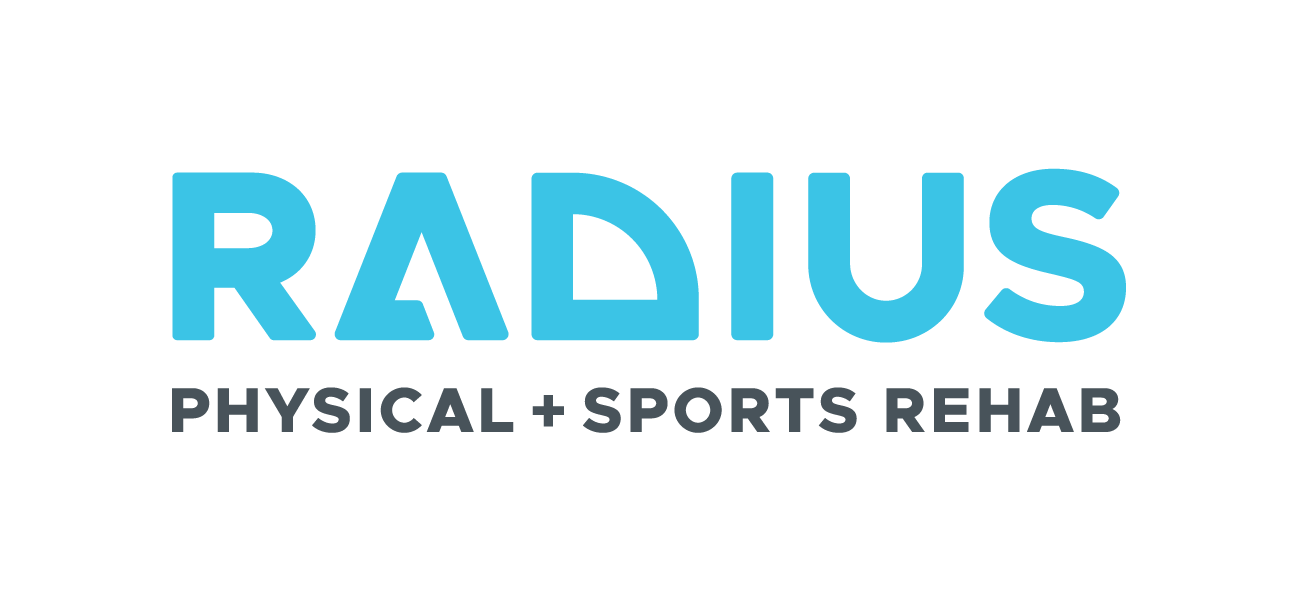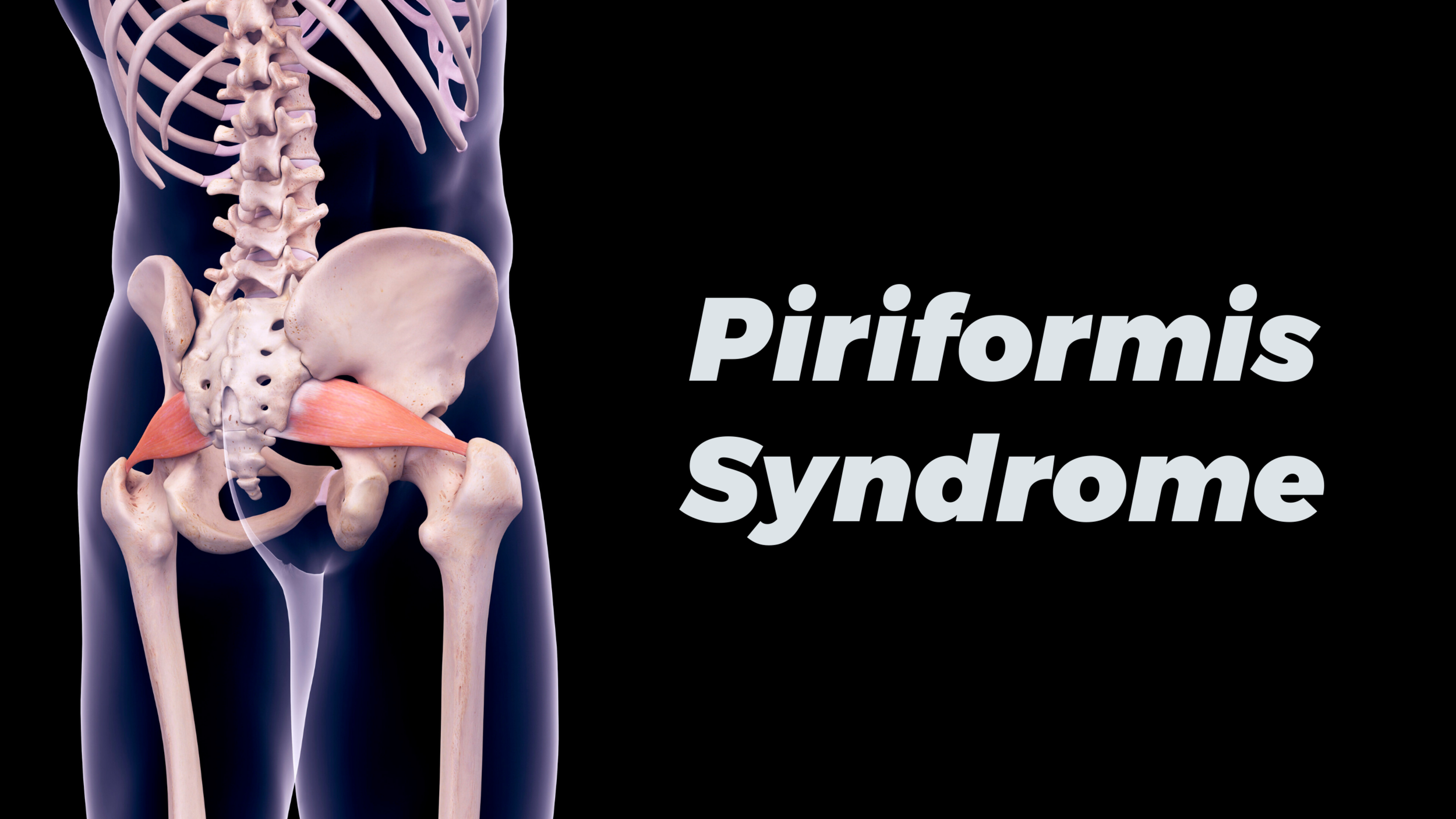Piriformis Syndrome is a peripheral neuritis or irritation of the sciatic nerve.
Presentation:
Patients who are experiencing Piriformis Syndrome typically present with gluteal region pain and/or pain traveling down the back of their leg. Numbness and tingling may also be present in these regions. Pressure on the piriformis muscle, from being in a seated or lying position for extended periods of time, may worsen these symptoms. Prolonged walking, squatting, sitting with crossed legs and even bowel movements may also aggravate symptoms.
Cause:
When the piriformis muscle becomes injured, spasmed, or irritated there is the potential for the muscle to then cause compression or irritation to a portion of the sciatic nerve. Women tend to experience Piriformis Syndrome at a higher rate than men do. In about 15% of cases there is an anatomical cause where the sciatic nerve pierces through the middle of the piriformis muscle which falls under the category of Primary Piriformis Syndrome. Having excessive pronation of the foot, pelvic rotation or an anatomically short leg may also predispose individuals to this condition.
How We Can Help:
By addressing the underlying cause and properly diagnosing the cause of your symptoms we can then properly treat and educate our patients about Piriformis Syndrome and its causes. Treating the injury or irritation to the piriformis muscle is one part of recovery however learning the proper stretches, exercises and activities to avoid is also another significant factor to properly treating and preventing this condition from resurfacing.
Article authored by Dr. Dani Diaz, DC FRCms. To schedule an appointment with Dani Diaz, DC FRCms in person or via telehealth click here.
The views expressed in this article intend to induce conversation. This article is not, nor is it intended to be, a substitute for professional medical advice, diagnosis, or treatment, and should never be relied upon for specific medical advice.



